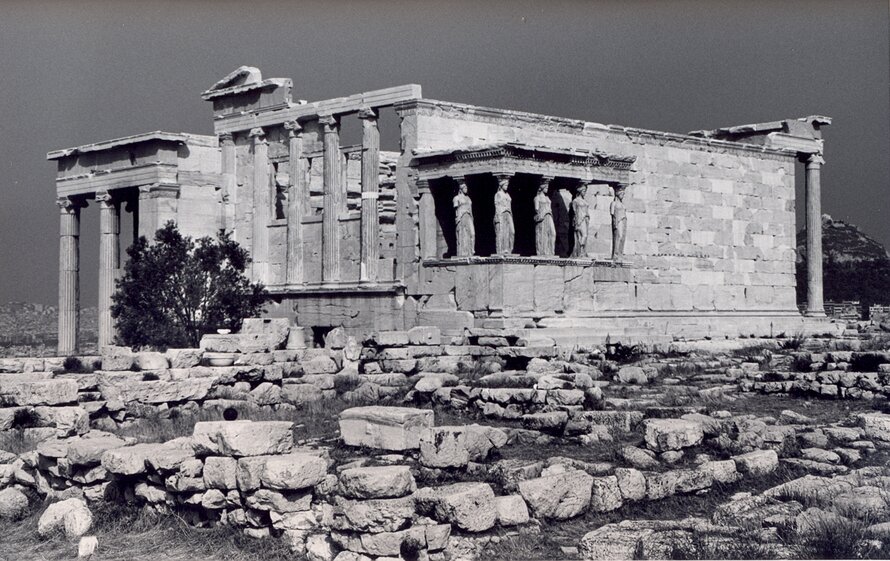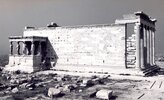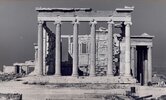Erechtheion, Athens
Restoration with systematic study of the ancient blocks and sculptures of the classical Ionic temple Erechtheion on the Acropolis. In the course of its long history the Erechtheion has been subjected to many changes in both form and function and has suffered severe damage. The ...
Read more
Project details
| Title: | Erechtheion, Athens |
|---|---|
| Entr. year: | 1987 |
| Result: | Medal |
| Country: | Greece |
| Town: | Athens |
| Category type: | architectural heritage |
| Notes: | The Acropolis of Athens and its monuments have been listed by UNESCO as a World Heritage Site since 1987 |
| Building type/ Project type: | Religious building/memorial |
| Former use: | Temple in the Acropolis of Athens |
| Actual use: | Culture and tourist attraction |
| Built: | 5th century B.C. |
| Architect / Proj.leader: | Committee for the Preservation of the Acropolis Monuments |
| The Jury's citation: | "For the major restoration of a classic Ionic temple, preserving for future generations an important relic of our architectural and cultural heritage" |
| GPS: | 37°58'17.5"N 23°43'32.7"E |
| Web, Links: | www.akropolis.gr/en/erechtheion.php |
Description:
Restoration with systematic study of the ancient blocks and sculptures of the classical Ionic temple Erechtheion on the Acropolis. In the course of its long history the Erechtheion has been subjected to many changes in both form and function and has suffered severe damage. The guiding spirit of the entire project was boundless respect for the original material and the original form so that the Erechtheion would be preserved as a work of art and as an historic document. Iron clamps used in previous restoration work had rusted and expanded, fracturing the marble blocks. Atmospheric pollution was also destroying the marble. The temple was dismantled; the materials were treated and then reassembled in their original positions: the architectural fragments were put together with white cement with low content of soluble salts and with titanium reinforcements. This is the first time that titanium, a virtually non rusting metal, has been used in a preservation project. Titanium was also used to replace all the iron clamps and other iron structural elements. In many cases new marble was used either to complete ancient fragmentary blocks in order to maintain structural stability or to replace ancient marble from other buildings which was incorporated in the Erechtheion during the earliest restorations. The Erechtheion was built of Pentelic marble, the same marble was used so that the supplementary material would have the same mechanical and physical behavior as the original. The new material was exactly joined to the old without the slightest damage to the original surfaces. To preserve them, the Caryatids were transferred to the museum and replaced by copies made of cement mortar. (The northern column of the East Porch and the architectural members above it are in the British Museum and were also replaced by a cement mortar copies). The restoration project began in 1979 and was completed in 1987.
Similar projects

Middle Ages
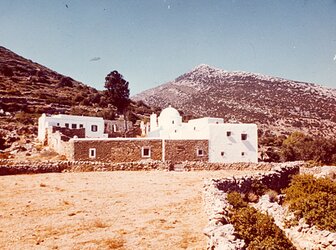
18th century
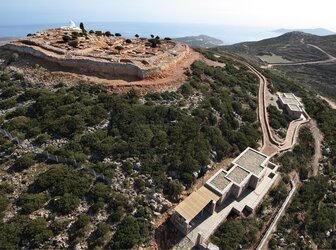
13th-11th c.BC and 8th-6th c.BC

18th century
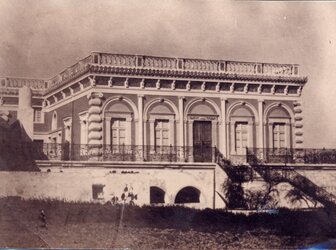
19th century
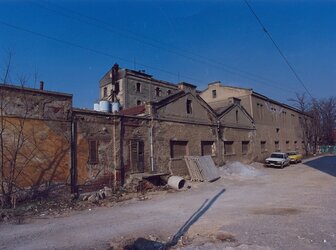
20th century

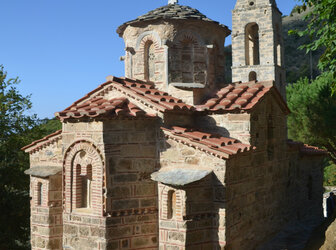
12th-19th century
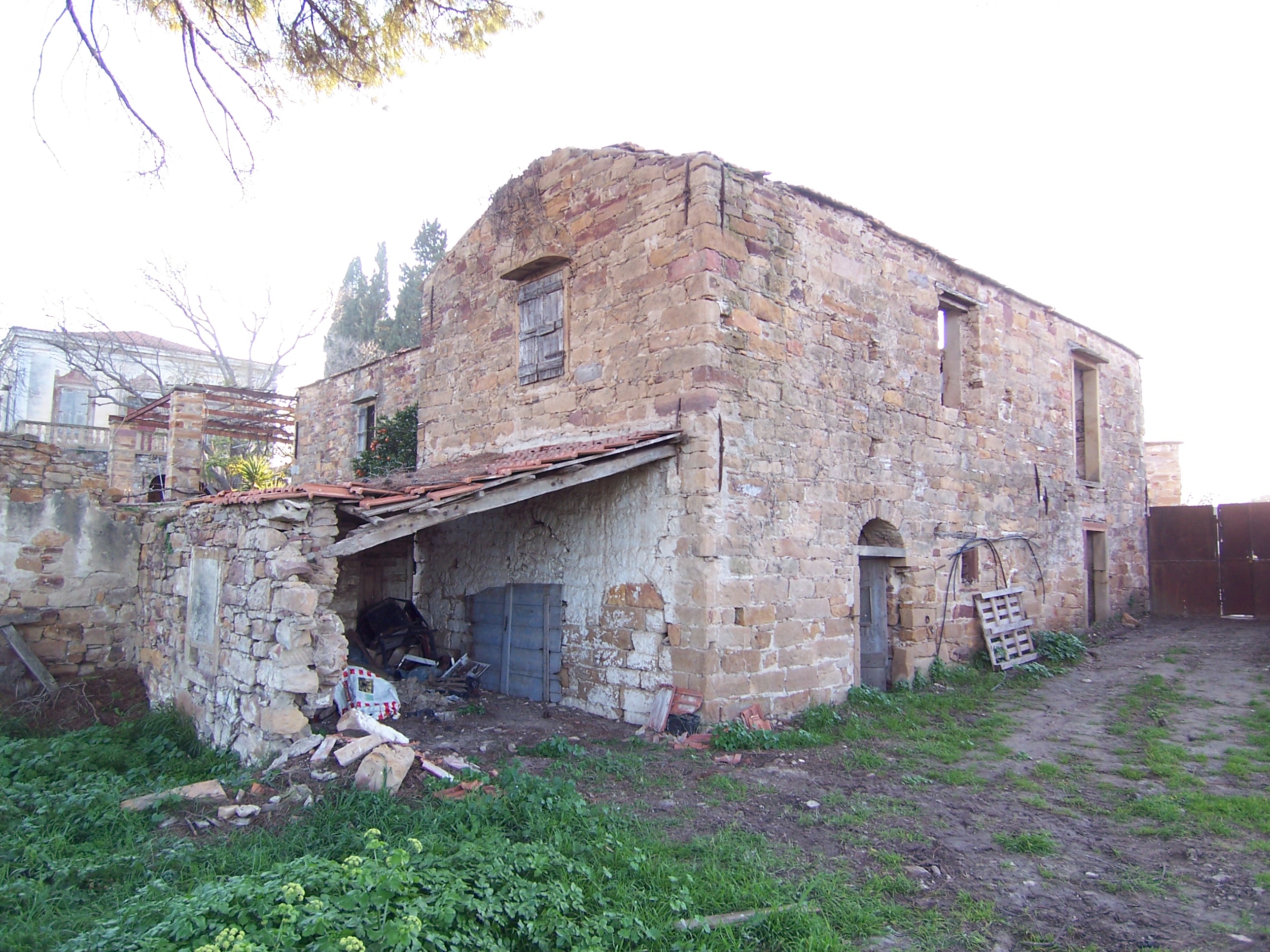
1893 (main house); the plot pattern of the area dates back to the 14th century
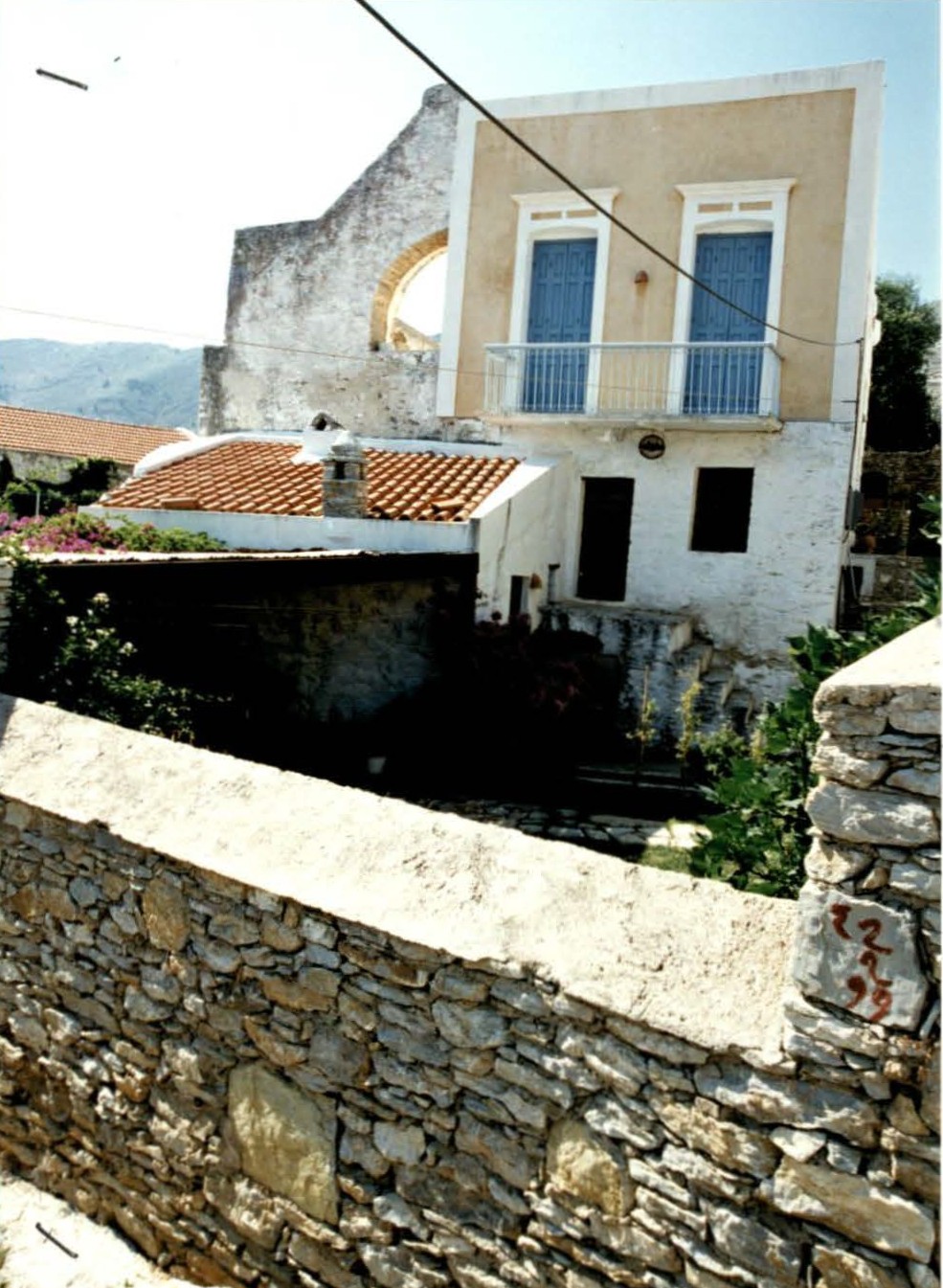
18th century


18th century
